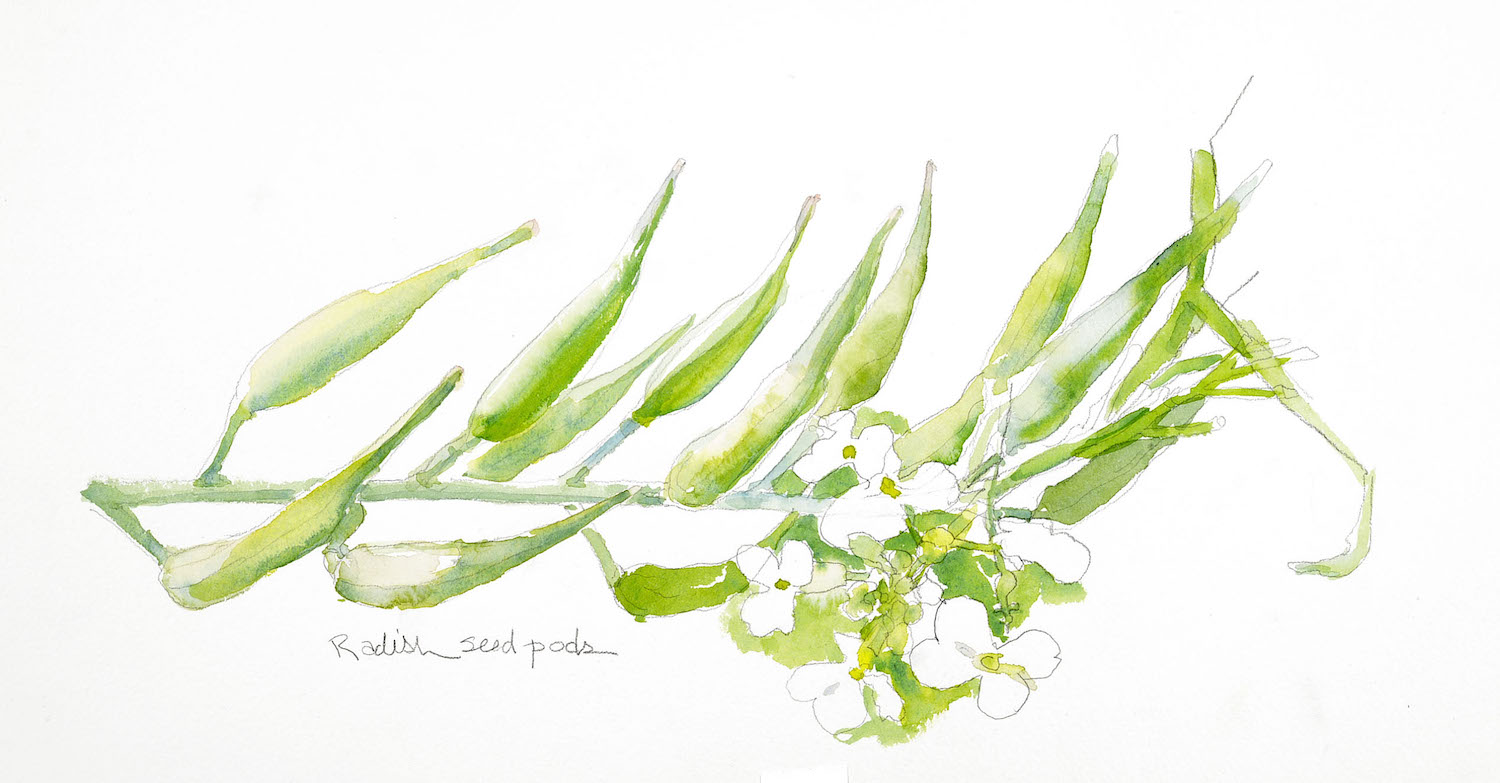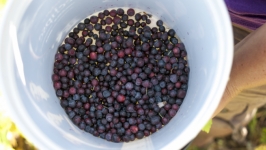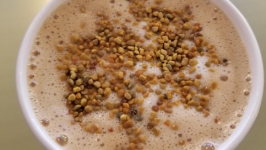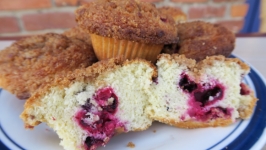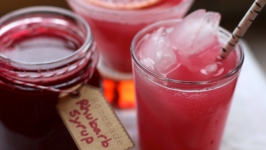Ecology of a Radish Seed
I’m holding a little teaspoon of radish seeds in my hand. Dusty pink plump bundles of life, they are asleep, waiting. Well, almost all of them are sleeping. One is too eager. It’s already cracked its seed coat and a tiny, soft leaf is peeking out into the world.
Come springtime we’ll plant them into the moist earth and, like magic, they’ll sprout and grow. I’m holding them in this one moment in time but they are, like me, just one link in an unbroken chain of ancestors that reaches deep into the past and stretches beyond our imaginations into the future. Their ancestors have journeyed the world over and now they’ve landed here in Boise, Idaho, under the care of my little farm.
I now know several of their grandparents through my time with these seeds in my hand, and each generation now bears the imprints of familiar human caretakers who have nurtured them over the years at our farm. Kyle meticulously transplants the best ones for seed. Katie grows them while also growing her first baby in her own belly. Kendra sowed them last spring. A nervous new farm apprentice, she was timid, unsure if she was doing it right, and when they sprouted she stood over them, wide-eyed.
“It’s working!” she exclaimed, shocked.
We all tended them, hoeing and watering. When they got to eating size, we pulled one, left one, pulled one, left one, creating spaces between those remaining so they could grow big and strong. We bunched and shared the ones we pulled with our CSA members, who ate well from their nourishment. But the real magic was still to come with those in the field.
First, they grew massive, their girth heaving their now-broad shoulders up out of the soil. Then they sent up a flower stalk, straight and strong, flying toward the sky, and burst into bloom, their branches covered in delicate, four-petaled white flowers that brought dozens of different species of bees by the thousands to drink their nectar, collect their pollen, multiply and feed their young. Wasps and flies visited too, and everyone drank their fill.
From those flowers, seed pods began to form, sliding long snakes of ovaries with pointed tips swelling out of those now-fertilized flowers that would hold the ripening seed babies inside.
While we wait for them to grow, let’s peek underground...

During the cycles of wet and dry between watering days, thousands of tiny root hairs grow, become too wet or too dry to survive, and die, creating a cache of radish-flavored organic matter that provides a smorgasbord for the billions of microorganisms that live in the soil, who do the crucial work of decomposition so life can be fed anew.
Their more recognizable cohorts the worms also dine, dig their tunnels, lay their eggs, make their babies.
After our subterranean journey, we’ll head back up top, past the now-woody, disfigured lump of radish root and up its stalk to where the tender green seed pods are now full grown, popping out from the branches in a riotous, waist-high tangle utterly unrecognizable as a radish at all.
As the seeds ripen inside the pods, the feast continues. We’re the first to the table, plucking the tender green pods for stir-fries. As they get drier and the seeds inside grow, the birds descend, chewing through the pods to eat the nutritious seeds inside. As seed farmers, this could be bad for us, but the sheer abundance of the seeds makes the birds welcome. There is enough for everyone to eat.
After the pods become dry and brittle, it is time for us to harvest the seeds. We collect the pods into pillowcases and hang them in the barn to keep them safe from hungry mice. As the weather cools and the field work slows, we pull the pillowcases down and begin the time-honored ritual of threshing and winnowing the seeds. We stomp on the pods, freeing the seeds inside, then pour them in front of fans and through screens to separate them from the chaff, which will cover the ground as a winter blanket.
The most satisfying moment of all is when we pour the clean seeds into jars, tucking them in for safekeeping. All of that marvelous abundance that fed countless species and bellies and still managed to make thousands of seeds where just dozens were planted never ceases to amaze me, so once more, I offer up gratitude for the seeds and all the sustenance and hope they offer.


